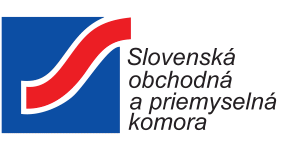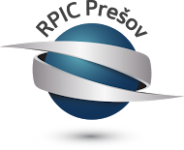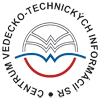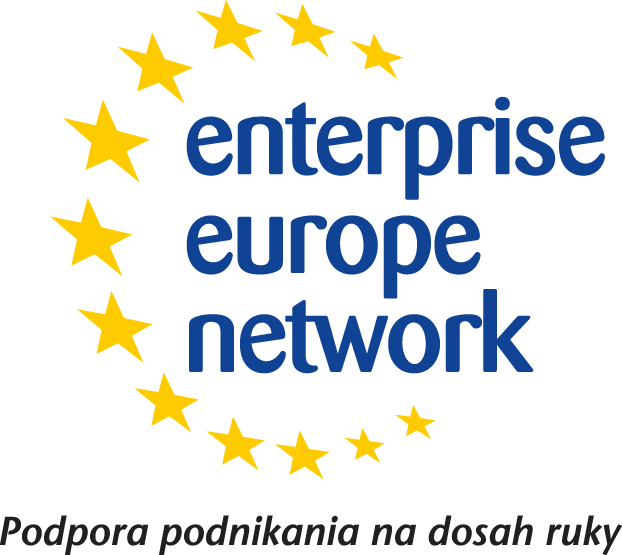Summary:
Challenging industrial wastewater is usually treated with a combination of chemical and biological methods.
A Singapore SME has developed an advanced oxidation processes (AOP) wastewater treatment solution that can handle highly concentrated petrochemical waste waters contaminated with phenolic compounds that are hard to treat.
The SME seeks licensing or commercial agreements with technical assistance, particularly with petrochemical, chemical, and waste disposal companies.
Description:
Some industrial wastewaters that are difficult to treat may not be degraded by conventional means, even with a combination of chemical and biological methods. Instead, leading-edge technologies such as advanced oxidation processes (AOP) are required to break down the organic compounds.
The Singapore SME has developed a technology that uses UV and reactive chlorine species catalyst to precisely control the oxidation state of the reactant in the water. For phenolic wastewaters, the AOP system is able to polymerise and precipitate phenolic content from the water, separating the water from the majority of the pollutant.
Compared to conventional AOP technologies, the controlled AOP uses less energy and does not require the addition of chemicals to oxidise wastewater completely into carbon dioxide and water. The controlled AOP oxidises the contaminants in a controlled manner and the resultant oxidised pollutants can be easily removed from the wastewater after it is precipitated into polymers or larger complex compounds. Alternatively, the contaminants can be broken down into more biodegradable substances.
The controlled AOP technology is at least 2-3 times cheaper than direct incineration when treating highly concentrated petrochemical wastewaters. Unlike Fenton oxidation, controlled AOP technology is much safer as it does not require the use of any dangerous chemicals. It is also significantly more cost-effective as the energy (or chemical energy) required to perform controlled oxidation is much less than complete oxidation.
The primary application for controlled AOP is to treat petrochemical wastewater to reduce the wastewater sent for incineration. The resultant sludge or polymers from the controlled AOP technology may also have other uses and can be valorised accordingly. The controlled AOP technology may also serve as a tool to reduce overall carbon emission and reduce plastic wastes from source (the petrochemical industries).
This controlled AOP technology can treat wastewater from pharmaceutical industries and remove complex organic substances, such as synthesised polymers or aromatic compounds from the wastewater stream.
The technology provider is interested in licensing or commercial partnerships with technical assistance with MNEs/SMEs of all sizes.
Type (e.g. company, R&D institution…), field of industry and Role of Partner Sought:
The Singapore SME is interested in licensing or commercial agreements with technical assistance with the following types of partners that can be MNEs or SMEs of all sizes, particularly those in the petrochemical, chemical, and waste disposal industries:
i) Licensing agreement: The partner could license the technology for further development and introduce it to its customers.
ii) Commercial agreement with technical assistance: The partner could utilise the technology with technical support from the Singapore SME.
Stage of Development:
Field tested/evaluated
IPR Status:
Patents granted
Comments Regarding IPR Status:
Patent has been granted in Singapore
External code:
TOSG20210208001








